Who rather than What Killed the Cave Bears?
A team of international researchers writing in the academic journal “Scientific Reports” have concluded that the extinction of cave bears (Ursus spelaeus), could probably be put down to the impact of our own species – Homo sapiens. Anatomically modern humans would have competed with this large, mostly herbivorous bear for caves as our species migrated into Europe. This competition and our hunting of the bear, along with our impact on the populations of other species of large mammal, put increased pressure on the species leading it into a terminal decline before final extinction some 24,000 years ago.
The Papo Cave Bear (U. spelaeus) Model
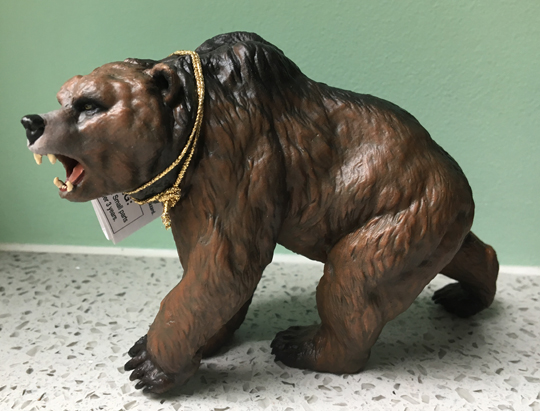
Picture credit: Everything Dinosaur
The picture (above) shows a Papo cave bear model.
To view the Papo prehistoric animal model range: Papo Prehistoric Animal Figures.
A Spectacular Mammalian Fauna – Until about 50,000 – 40,000 Years Ago
Today, Europe has a relatively impoverished big mammal fauna, however, this was not always the case. As recently as 50,000 years ago, some of the largest terrestrial mammals known roamed the extensive European forests, grasslands and steppes.
By the onset of the Holocene Epoch, the vast majority of terrestrial mammals more than fifty kilograms in weight had disappeared. The reasons for the demise of the once relatively ubiquitous cave bear has been the subject of numerous scientific studies.
In this latest paper, the researchers used an analysis of mitochondrial DNA taken from cave bear fossils from several European countries. Specimens from Switzerland, Serbia, Italy, Germany, Spain and France were involved in the study (59 specimens). The DNA analysis, in combination with a statistical evaluation, was used to plot the decline of the cave bear, which was related to the extant brown bear (Ursus arctos).
A Lower Jawbone of a Cave Bear (Ursus spelaeus)
Picture credit: Everything Dinosaur
Five Major Mitochondrial DNA Lineages
The researchers discovered five major mitochondrial DNA lineages resulting in a noticeably more complex biogeography of the European lineages during the last 50,000 years than had been previously thought. In addition, the team propose that there was a drastic decline in the cave bear population commencing around 40,000 years ago, which coincides with the arrival of anatomically modern humans. This study supports a potential significant human role in the general extinction and local extirpation (localised extinctions) of the European cave bear and illuminates the fate of this megafauna species.
Lead-author of the study, Professor Verena Schuenemann (University of Zurich, Switzerland), stated:
“It is the clearest evidence we have so far that humans might have played a big role in the extinction of the cave bear.”
Populations of Cave Bears Affected by Human Activity
Biogeologist Hervé Bocherens of the University of Tuebingen (Germany), a co-author of the scientific paper added:
“There is more and more evidence that modern humans have played a determinant role in the decline and extinction of large mammals once they spread around the planet, starting around 50,000 years ago. This happened not just by hunting these mammals to extinction, but by causing demographic decline of keystone species, such as very large herbivores, that led to ecosystems’ collapse and a cascade of further extinctions.”
The scientific paper: “Large-scale mitogenomic analysis of the phylogeography of the Late Pleistocene cave bear” by Jocsha Gretzinger, Martyna Molak, Ella Reiter et al published in Scientific Reports.
The award-winning Everything Dinosaur website: Everything Dinosaur.


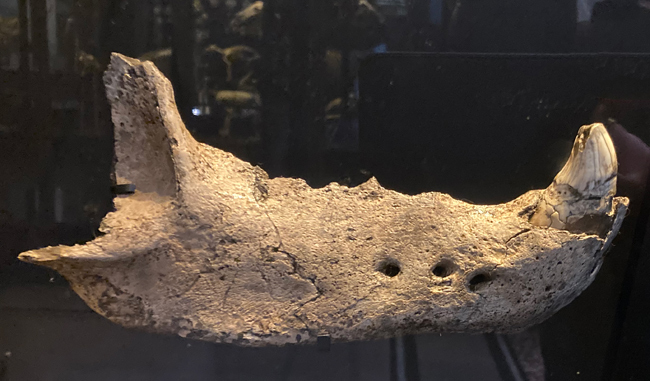
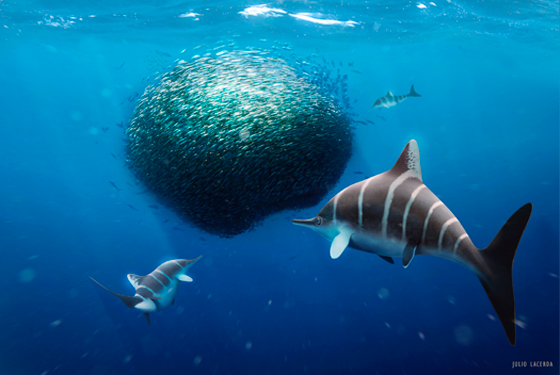

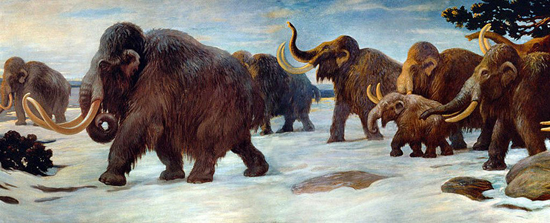
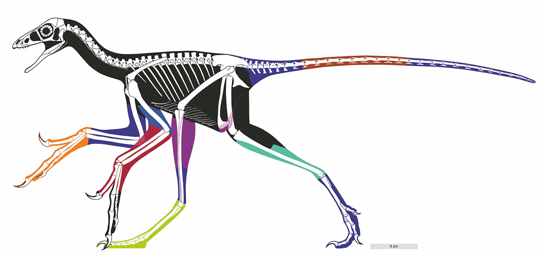
Leave A Comment